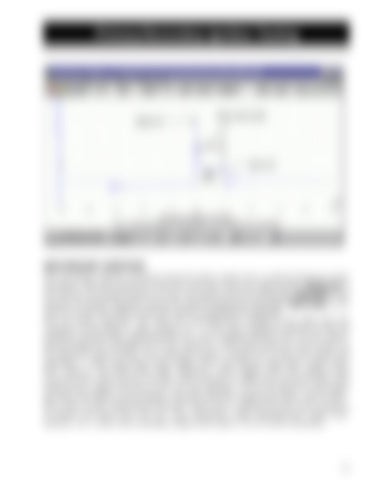Primary/Secondary Ignition Testing
Spark kV
Burn time (mS)
Burn kV
SECONDARY IGNITION The secondary ignition waveform pictured above shows the 3 critical elements of the waveform. They are spark kV, burn kV, and burn time (in milliseconds). Spark kV is the amount of voltage required to start the spark across the plug gap. Burn kV is the amount of voltage required to keep the spark jumping the plug gap. Burn time is the amount of time (in milliseconds) the spark is jumping the plug gap. All 3 of these elements vary with the manufacturer’s design of the plug and the condition of the plug (i.e. gap, fouling. etc….). The most important element is that all cylinders should show approximately the same readings (within 25% of each other). Normal Spark kV readings are in the range of 4-17kV. Rich mixtures burn easier so the spark kV will be lower, lean mixtures require a higher kV to start the spark and maintain it. Wide plug gaps cause higher kV’s and narrow plug gaps cause lower kV’s. Plug or coil wires with high resistance cause higher kV’s. As cylinder load increases kV’s will increase, but the richer mixture at high load will keep them from rising much. Spark and burn kV’s are tied together, as one increases or decreases the other will follow to some degree. Normal burn kV’s range from about .5kV to 5kV. Burn time is also called spark duration. Burn time is affected by the same elements as spark and burn kV’s are (i.e. wire resistance, plug manufacturer, plug wear, mixture, etc..). Burn time normally ranges from about .5 to 2.5 mS in duration.
125




































